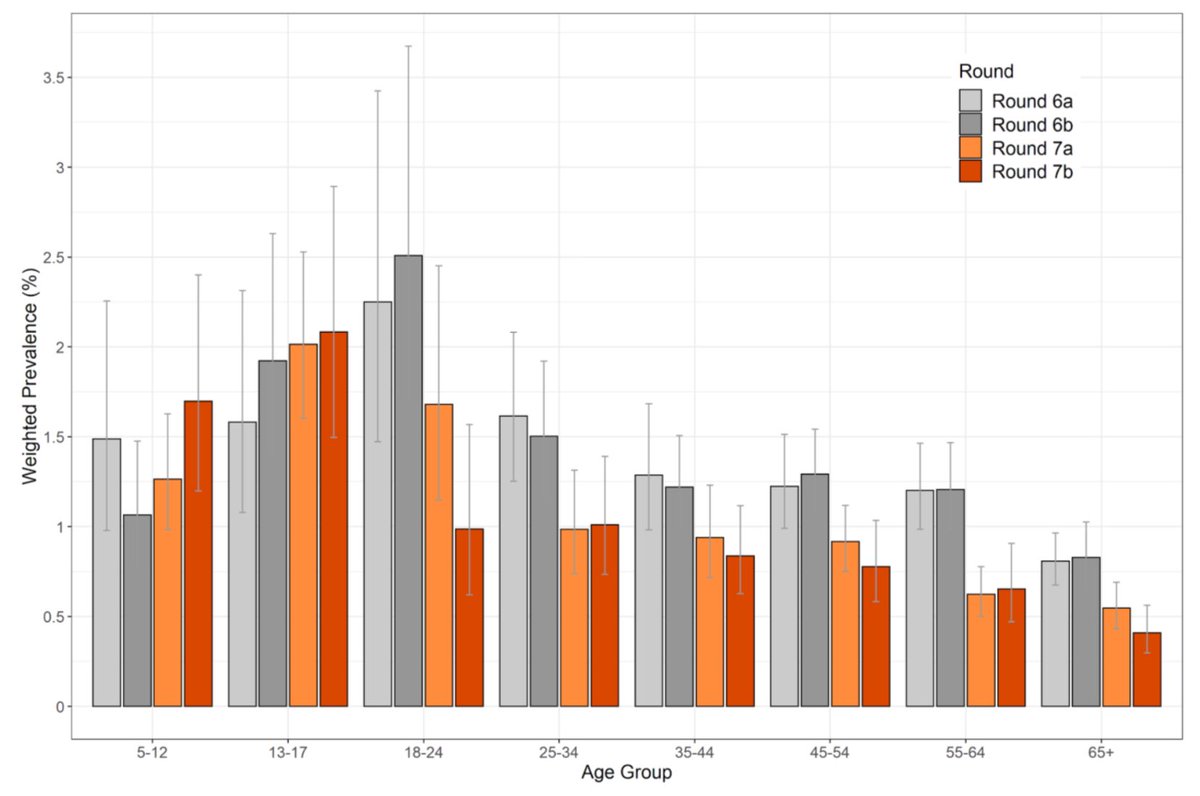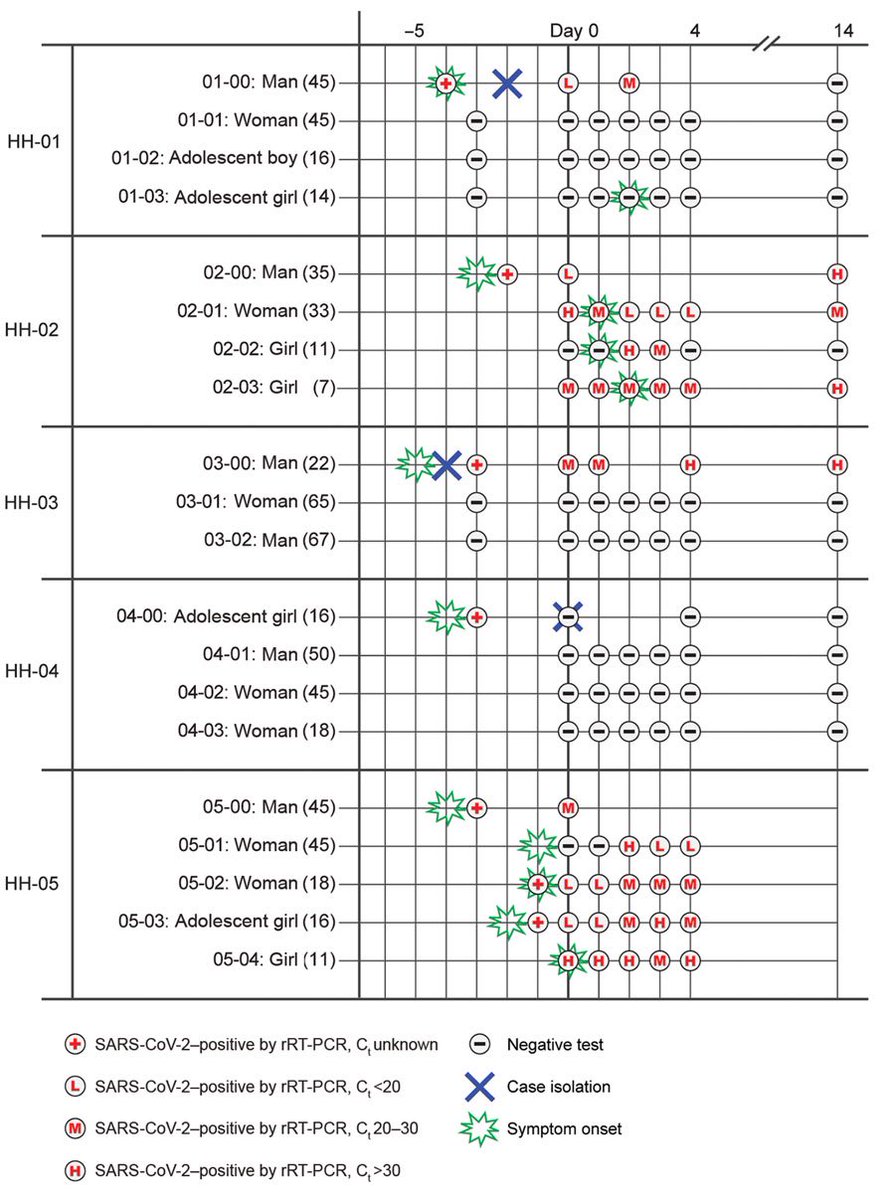
(1/4) If I understand correctly, this is potentially dangerous. Rapid testing is to be rolled out in UK schools, but only staff are to be tested regularly. Students will only be tested if they are close contacts.
🔰 dfemedia.blog.gov.uk/2020/12/15/mas…
This has problems.
H/T: @dgurdasani1.
🔰 dfemedia.blog.gov.uk/2020/12/15/mas…
This has problems.
H/T: @dgurdasani1.
https://twitter.com/dgurdasani1/status/1339832613930995720
(2/4)
➡️ Both staff and students should be regularly tested. A proactive approach is required. Find the cases in students before they have a chance to transmit!
➡️ Primary school students should also be tested, not just secondary students. Young children transmit the virus too.
➡️ Both staff and students should be regularly tested. A proactive approach is required. Find the cases in students before they have a chance to transmit!
➡️ Primary school students should also be tested, not just secondary students. Young children transmit the virus too.
(3/4)
➡️ The rapid test to be used (a lateral flow test) has been shown to give false negatives half of the time.
Because close contacts will no longer quarantine under this programme, it’s likely some will go on to infect others.
bmj.com/content/371/bm…
➡️ The rapid test to be used (a lateral flow test) has been shown to give false negatives half of the time.
Because close contacts will no longer quarantine under this programme, it’s likely some will go on to infect others.
bmj.com/content/371/bm…
(4/4) So what needs to happen?
➡️ Test all staff and students (including primary school students) regularly, to find cases, and keep the virus out of schools.
➡️ Close contacts of detected cases should continue to quarantine.
➡️ Test all staff and students (including primary school students) regularly, to find cases, and keep the virus out of schools.
➡️ Close contacts of detected cases should continue to quarantine.
• • •
Missing some Tweet in this thread? You can try to
force a refresh









